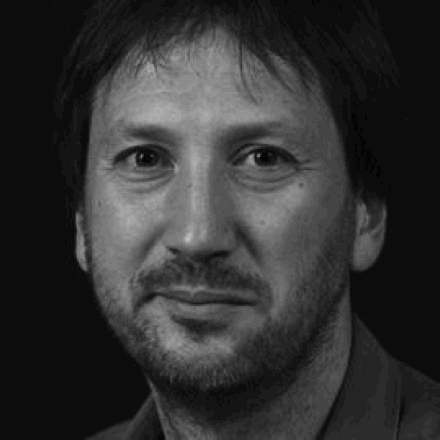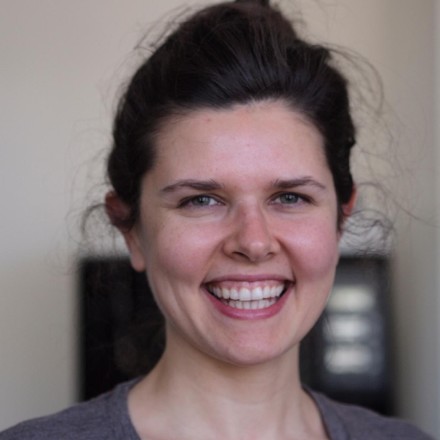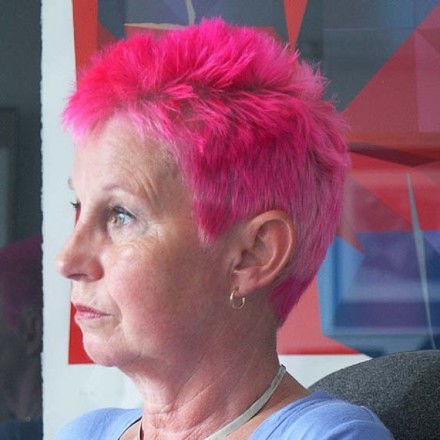As we enter the journal's 27th year, we would like to share some developments to our editorial staff.
At this juncture, our long-time editor Lone Malmborg will be stepping down after a long and fruitful tenure, shifting from editor to board member. In her place, one of our advisory board members, Michael Nitsche will be joining Julia, as co-editor.
Lone has been a co-editor since 1998, when the journal developed from a primarily UK-based journal to a well-reputed international journal published by one of the strongest scientific publishers in the academic environment. During her first years as an editor, from 1998 to the end of 2007, she edited the journal together with Colin Beardon who was the pioneering founder of the journal in 1990. From 1990 to 1997 the journal was known as Intelligent Tutoring Media.
Michael works as Associate Professor in Digital Media at the Georgia Institute of Technology. He is the Director or Graduate Studies in Digital Media at the School of Literature, Media and Communication. His work originally focused on 3D worlds and game studies but has more currently shifted to combine craft and performance as two approaches towards digital media and interaction design. Michael's interdisciplinarity fits the open nature of Digital Creativity and its community.
As digital media reach into everyday realities, the question shifts from a focus on their integration to a “living with” with the new realities that this shift has caused. We certainly have to continue to explore the creative forces opened up by new technologies but we also have to recognise the impact those media already had and how we innovate with, around, sometimes even despite them. We can trace them in art, craft and design as much as in science, academia and industry. Digital Creativity has grown into a place to initiate and debate these changes. Its core mission remains to explore creative forces at the intersection of the creative arts, design and digital technologies. Joining the journal as co-editor, Michael is humbled by the opportunity at hand and the legacy of Lone Malmborg's work but and he is looking forward to continue this tradition and serve to foster the next steps on this path.
Sue Gollifer has been the Art Space Editor for Digital Creativity since it's conception in 1998. An artist's space that includes the work of practice-based artists who use digital technologies significantly in their artistic work. Recent featured ‘Art Spaces’ includes work from the curated Exhibitions: ISEA2011 ‘Uncontainable’, Istanbul; the Alan Turing touring Exhibition ‘Intuition and Ingenuity’ celebrating 100th anniversary of his birth of Alan Turing, and the SIGGRAPH Art Gallery ‘Acting in Translation’ 2014.
Sue is the Director of the ISEA International Headquarters and the Chair of the ACM SIGGRAPH Distinguished Arts Award. She is an artist a curator and a Principal Lecturer and the Course Leader for Digital Media Arts MA and a researcher at the University of Brighton, UK.
Digital Creativity has a new look. The page layout for Digital Creativity will follow an updated design that responds to the overall update at the publisher and hopefully increase readability online and offline.
 Lone Malmborg
Lone Malmborg Michael Nitsche
Michael Nitsche
 Julia Sussner
Julia Sussner Sue Gollifer
Sue Gollifer
